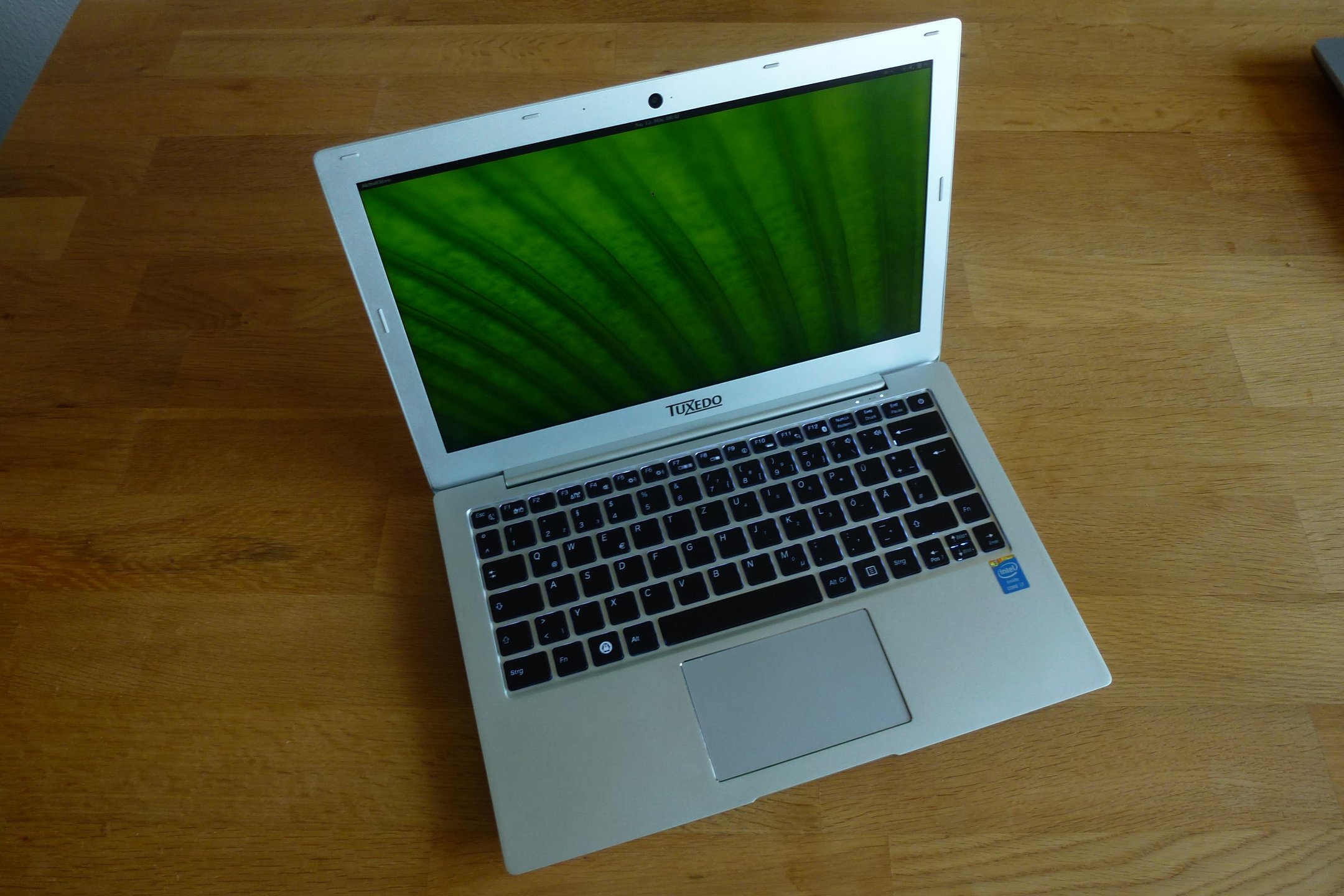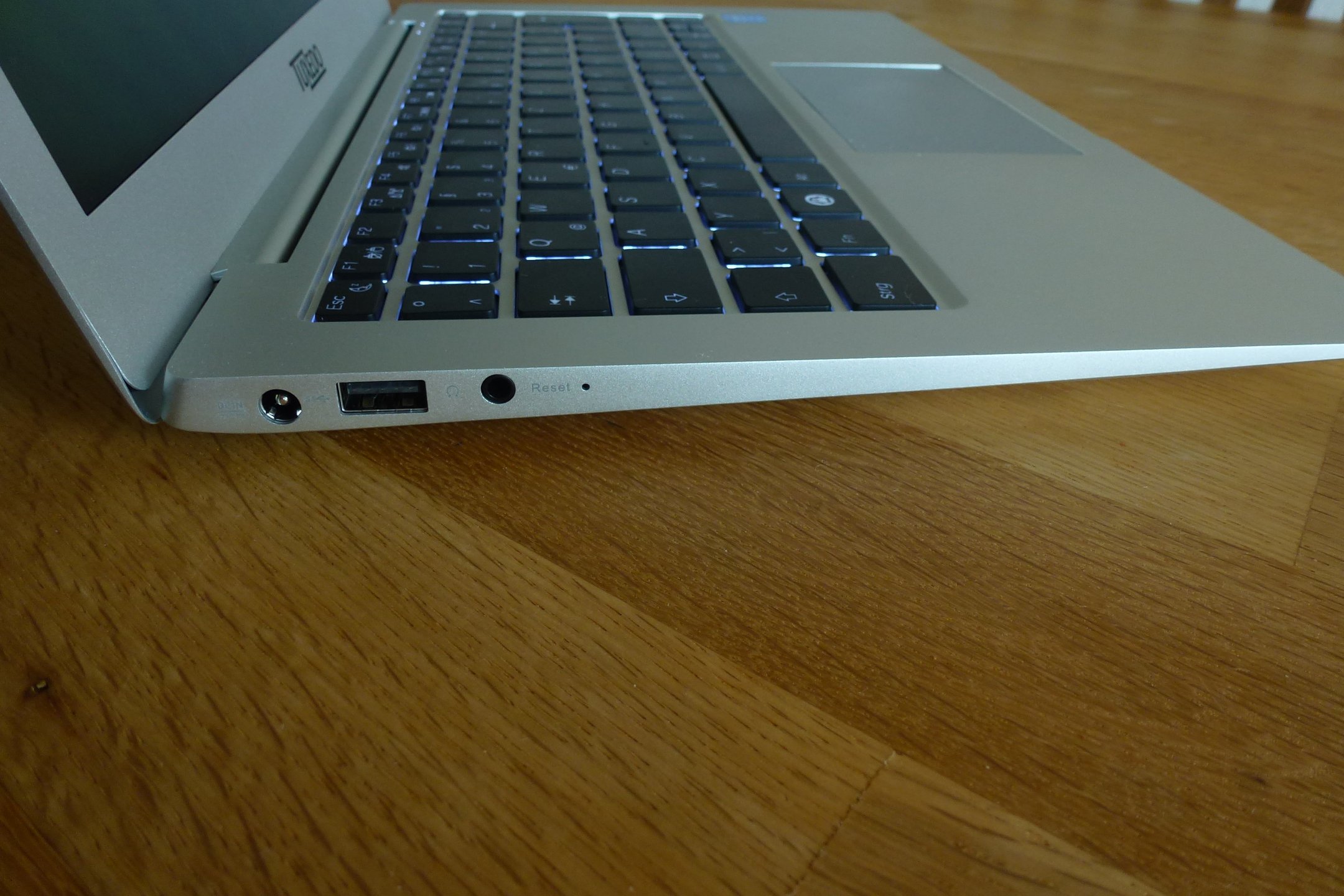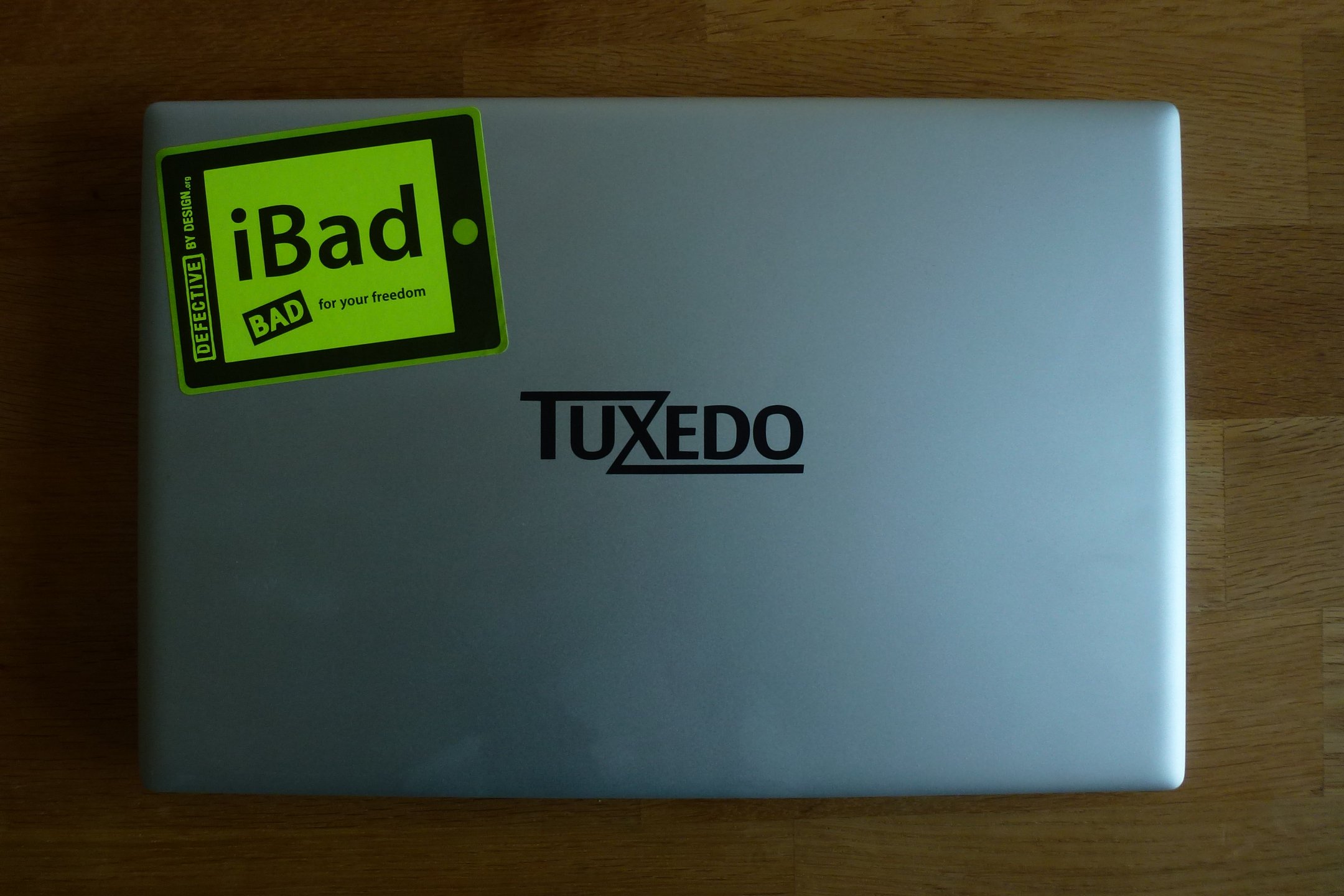Tuxedo Infinitybook
Introduction
I was looking for a new notebook. My old one, a Lenovo X121e Netbook, did not fit my requirements any more. Building ISO or RaspberryPi images and running Eclipse requires some CPU power. Further more, the screen size limited me more and more. So I started to look for a new notebook. My requirements are: a small notebook with a powerful processor, a screen with at least 1024 vertical pixels, an USB 3.1 connector and, of course, Linux support.
For a long time I did not find the device that really fits me. There was this Acer Aspire V3 device, but it did not really convince me. There will come the Dell XPS 13 developer edition, but that is too expensive. Finally, I saw an article about the Tuxedo InifityBook, also known as Schenker S306. It fulfils all my requirements and is distributed by a Linux company.

Tuxedo InfinityBook
Technical data
- 13.3” IPS display with 1920 x 1080 (full HD) pixels, non-glare
- Intel Core i7 6500U processor, 2x 2.5-3.1 GHz Dual-Core (Skylake)
- Intel HD 520 graphics
- 8 GB RAM, 1600 MHz
- 250 GB SSD (from my old Netbook)
- Intel AC 8260 Wifi and Bluetooth
- 1x USB 3.1 Gen1 (USB 3.0 with 3.1 connector), 1x USB 3.0, 1x USB 2.0
- HDMI connector
- 3.5 mm headphone / microphone combination
- 9 in 1 card reader
- 1.0 MP camera
- Keyboard with background light
- Aluminium body, 1.4 kg
- Dimensions: width: 32.5 cm; height: 1.8 cm max; depth: 21.9 cm
- 19 V, 2.1 A, 40 W power supply
Linux support
I did not order the InfinityBook with a HDD, so there was no operating system included. However, you can order it with a good choice of Linux distributions pre-installed, if you want.
I’m using Debian GNU/Linux for many years now. So I started to install the current Debian testing (Stretch) with a 4.3 Kernel on the notebook. I did not just use the installation on the SSD from my old Netbook, because the InfinityBook has UEFI. So I did a fresh installation with a GPT partition table and BtrFs file systems. To my surprise, everything worked out of the box. I had to download a firmware file (iwlwifi-8000C-17.ucode) and copy it to /lib/firmware/ for the Wifi card, because it did complain about the missing file. But it was not really required to get the Wifi working.
After a while I recognized a few stability issues with the graphics card. It is using the i915 driver. Sometimes after switching to the full resolution mode during boot, the screen went black and I was not able to use the notebook any more. SSH access was possible though. So I took the 4.4 Kernel from Debian Sid and installed it. I had to install the packages linux-headers-4.4.0-1-amd64_4.4.2-3_amd64.deb, linux-headers-4.4.0-1-common_4.4.2-3_amd64.deb, linux-image-4.4.0-1-amd64_4.4.2-3_amd64.deb, linux-kbuild-4.4_4.4-4_amd64.deb and linux-kbuild-4.4_4.4-4_amd64.deb. Again, I had to download a few firmware files (iwlwifi-8000C-18.ucode, iwlwifi-8000C-19.ucode). Now the InfinityBook is working perfectly. No instability any more.
I did not find anything that does not work yet. That’s really impressing for such a new platform like Skylake. Conclusion
I am very, very happy with my new notebook. The fan is very quiet. During normal operations like web browsing etc., you can not hear it at all. Under load it starts running faster, but that is very acceptable. Even if the touch pad has no real buttons, it works very well. It is a click-pad, so you can use it similar to a pas with buttons.
The notebook is light weight and has a nice design. It is exactly what I expected and has a very fair price, even if it looks a bit like a MacBook Air :-)
Pictures

Left side

Right side

Top

Bottom

Bottom open

Keyboard